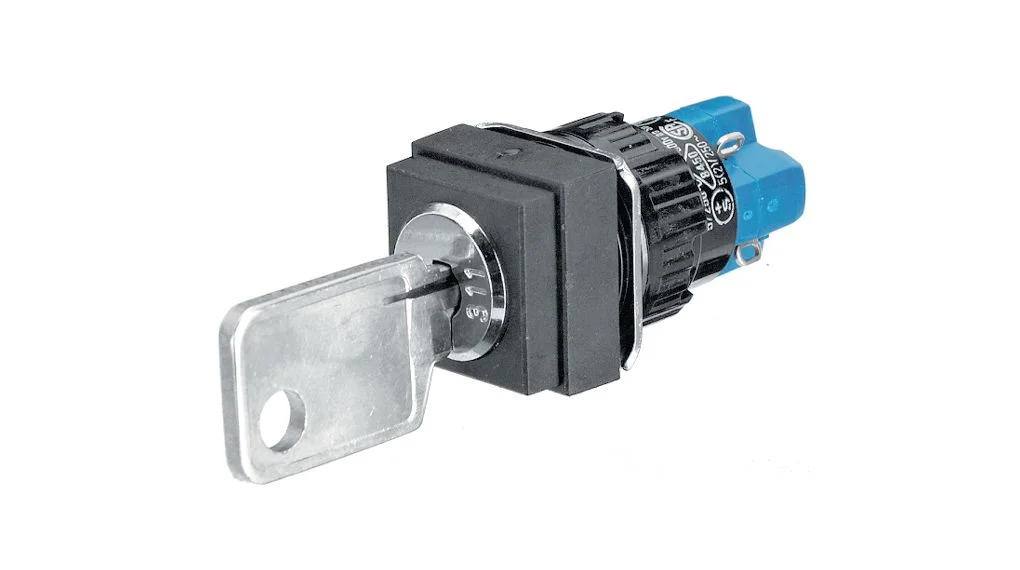If you’ve ever worked with electrical circuits, automation systems, or industrial safety devices, you’ve probably come across the term “Normalmente Chiuso” — often abbreviated as NC.
Translated from Italian, Normalmente Chiuso means “Normally Closed”, a concept that plays a crucial role in engineering, control systems, and automation. Understanding how Normalmente Chiuso components work can help you design safer and more efficient electrical systems.
This article breaks down the meaning of Normalmente Chiuso, how it differs from “Normally Open,” where it’s used, and why it’s essential in both mechanical and electronic design.
1. What Does Normalmente Chiuso Mean?
The term Normalmente Chiuso (NC) describes the default state of a device, switch, or relay contact.
When a component is Normalmente Chiuso, the circuit is complete (closed) when the device is at rest — meaning electric current flows freely without any external action.
When the device is activated, the contact opens, interrupting the electrical connection and stopping the current.
In Simple Terms:
-
At rest → Closed circuit, current flows.
-
When activated → Circuit opens, current stops.
For comparison, a Normally Open (NO) component behaves in the opposite way — its circuit is open by default and closes only when activated.
2. Normalmente Chiuso vs. Normally Open (NC vs. NO)
Understanding the difference between Normalmente Chiuso (NC) and Normally Open (NO) is essential when designing or troubleshooting electrical systems.
Here’s a quick comparison:
| Feature | Normalmente Chiuso (NC) | Normally Open (NO) |
|---|---|---|
| Circuit at rest | Closed | Open |
| Current flow (at rest) | Yes | No |
| When activated | Opens | Closes |
| Typical use | Emergency stop, safety switch | Start button, power relay |
In many safety-critical environments, engineers prefer Normalmente Chiuso components because they fail safely — if power is lost, the circuit automatically opens and stops the equipment.
3. How a Normalmente Chiuso Contact Works
The operation of a Normalmente Chiuso contact is simple yet fundamental to many systems.
Inside an NC device, two conductive surfaces (called contacts) are touching in their natural state. This allows electricity to pass through the circuit.
When an external signal (like a button press, magnetic field, or temperature change) is applied, those contacts separate, creating an open circuit and stopping current flow.
Electrical Symbol
In schematics, a Normalmente Chiuso contact is shown as two lines connected (indicating a closed circuit). In contrast, a Normally Open contact is drawn as two separated lines.
This visual distinction is crucial for technicians reading wiring diagrams, control panels, or automation schematics.
4. Common Applications of Normalmente Chiuso Devices
The concept of Normalmente Chiuso applies to a wide variety of mechanical and electrical components across multiple industries.
Typical Uses:
-
Emergency Stop Buttons (E-Stop) – When not pressed, the circuit is closed. When pressed, the circuit opens, cutting power instantly for safety.
-
Safety Limit Switches – Installed on machinery to stop movement when a dangerous position is detected.
-
Thermostats (NC Type) – Stay closed until a certain temperature is reached, then open to stop heating or cooling.
-
Pressure Sensors – Maintain closed contact until the pressure changes.
-
Valves (Pneumatic or Hydraulic) – A Normalmente Chiuso valve stays closed when unpowered, preventing fluid or gas flow.
These devices ensure that machines or systems default to a safe state in case of electrical failure — one of the main reasons Normalmente Chiuso designs are favored in safety systems.
5. Benefits of Using Normalmente Chiuso Components
Choosing Normalmente Chiuso parts in electrical and automation systems offers multiple advantages, especially in environments where safety and reliability are top priorities.
Key Benefits:
-
Fail-Safe Operation: If power or signal is lost, the system automatically stops.
-
Instant Fault Detection: Any interruption in the circuit immediately signals an issue.
-
Energy Efficiency: The circuit doesn’t require continuous power to stay active.
-
High Reliability: Reduced risk of accidental activation or mechanical failure.
For this reason, Normalmente Chiuso designs are used in industrial automation, elevators, heating systems, and robotics — where a simple open or closed contact can mean the difference between safety and danger.
6. Real-World Example of Normalmente Chiuso Devices
To make this concept more relatable, let’s look at a few real-world examples of Normalmente Chiuso components:
-
Emergency Stop Button (E-Stop): The system runs as long as the button is not pressed. When pressed, the contact opens, immediately shutting down machinery.
-
Door Safety Switch: In manufacturing, if a protective door opens, the NC circuit breaks and halts machine movement.
-
NC Temperature Sensor: Keeps the circuit active until overheating occurs; once it does, the contact opens, triggering a shutdown.
-
NC Solenoid Valve: Stays closed by default to prevent leaks or flow until an electrical current opens it.
-
Relay in a Control Panel: May include NC contacts that open when the relay coil is energized, controlling current flow precisely.
All these examples illustrate how Normalmente Chiuso designs help maintain safety, control, and precision in electrical and mechanical systems.
Conclusion
The term Normalmente Chiuso may sound technical, but its meaning is straightforward — a “Normally Closed” contact ensures that a circuit remains active until it’s intentionally interrupted.
From industrial automation to home electronics, understanding Normalmente Chiuso is vital for engineers, electricians, and technicians who prioritize safety, stability, and performance.
Whenever a system must fail safely, the Normalmente Chiuso principle is the right choice.
FAQs
1. What does Normalmente Chiuso mean?
It means “Normally Closed”, indicating a circuit that allows current to flow when at rest.
2. What is the difference between Normalmente Chiuso and Normally Open?
A Normalmente Chiuso (NC) circuit is closed by default, while a Normally Open (NO) circuit is open until activated.
3. Why is Normalmente Chiuso used in safety systems?
Because it ensures that when power fails, the circuit opens automatically, stopping equipment for safety.
4. Can valves be Normalmente Chiuso?
Yes. Many solenoid valves are designed to stay closed when unpowered — they are Normalmente Chiuso valves.
5. How is Normalmente Chiuso shown in schematics?
It’s represented by two connected lines, indicating a closed state at rest.




